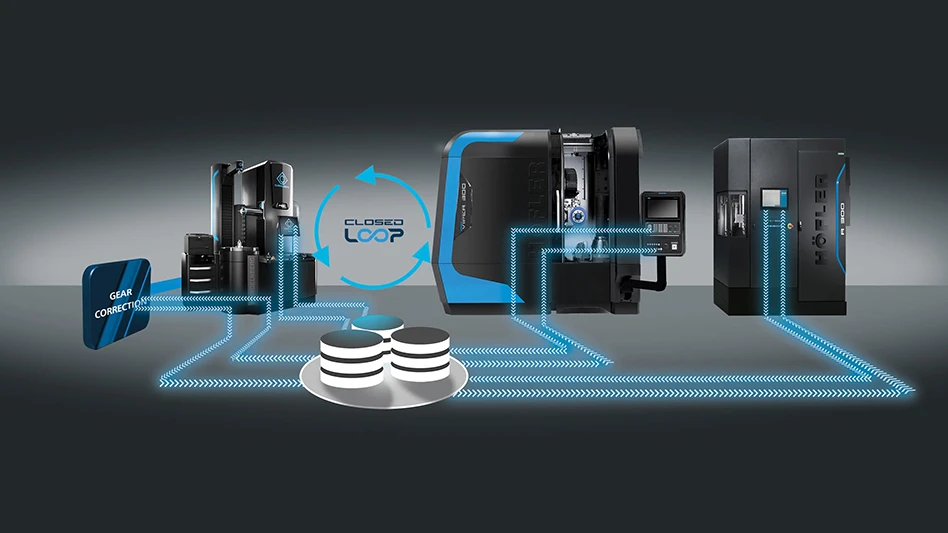
The supercapacitor invented by researchers from UCLA and the University of Connecticut could lead to pacemakers and other implantable medical devices that last a lifetime. Photo credit: Islam Mosa/University of Connecticut and Maher El-Kady/UCLA
Researchers from UCLA and the University of Connecticut have designed a biofriendly energy storage system – a biological supercapacitor – which operates using charged particles, or ions, from fluids in the human body. The device is harmless to the body’s biological systems, and it could lead to longer-lasting cardiac pacemakers and other implantable medical devices.
The UCLA team was led by Richard Kaner and Connecticut researchers were led by James Rusling.
Pacemakers, powered by traditional batteries, eventually run out of power and must be replaced – another surgery and risk of infection – and batteries contain toxic materials that could endanger the patient if they leak. So, researchers propose storing energy in devices without a battery. The supercapacitor they invented charges using electrolytes from biological fluids and, it would work with another device called an energy harvester, which converts heat and motion from the human body into electricity that is captured by the supercapacitor.
“Combining energy harvesters with supercapacitors can provide endless power for lifelong implantable devices that may never need to be replaced,” says Maher El-Kady, a UCLA postdoctoral researcher and a co-author of the study.
Research and development is steady in supercapcitor design and use in wearable medical device and for implantables. Past articles on Today’s Medical Developments include:
Flexible supercapacitor raises bar for volumetric energy density
Tiny Bendy Power Supply for Even Smaller Portable Electronics
Today’s pacemakers are about 6mm to 8mm thick, and about the same diameter as a 50-cent coin. The supercapacitor is only 1µm thick and can maintain its performance for a long time, bend and twist inside the body without any mechanical damage, and store more charge than the energy lithium film batteries of comparable size.
The biosupercapacitor is comprised of graphene layered with modified human proteins as an electrode, a conductor through which electricity from the energy harvester can enter or leave. The platform could eventually also be used to develop next-generation implantable devices to speed up bone growth, promote healing, or stimulate the brain, says Kaner, who also is a member of UCLA’s California NanoSystems Institute.
Although supercapacitors have not yet been widely used in medical devices, the study shows that they may be viable for that purpose.
“In order to be effective, battery-free pacemakers must have supercapacitors that can capture, store, and transport energy, and commercial supercapacitors are too slow to make it work,” El-Kady says. “Our research focused on custom-designing our supercapacitor to capture energy effectively, and finding a way to make it compatible with the human body.”
Among the paper’s other authors are the University of Connecticut’s Challa Kumar, Ashis Basu and Karteek Kadimisetty.
The research was supported by the National Institute of Health’s National Institute of Biomedical Imaging and Bioengineering, the NIH’s National Institute of Environmental Health Sciences, and a National Science Foundation EAGER grant.
Latest from Today's Medical Developments
- MedTech Innovator welcomes five new industry partners
- First Article Inspection for quality control
- The manufacturing resurgence is here – are you ready?
- Workholding solutions for your business
- ZOLLER events will showcase the company’s cutting-edge innovations
- THINBIT’s MINI GROOVE ‘N TURN Acme threading inserts
- CMMC Roll Out: When Do I Need to Comply? webinar
- Metabolic research uses Siemens gas analyzers to deliver results with 99.9999% resolutions





